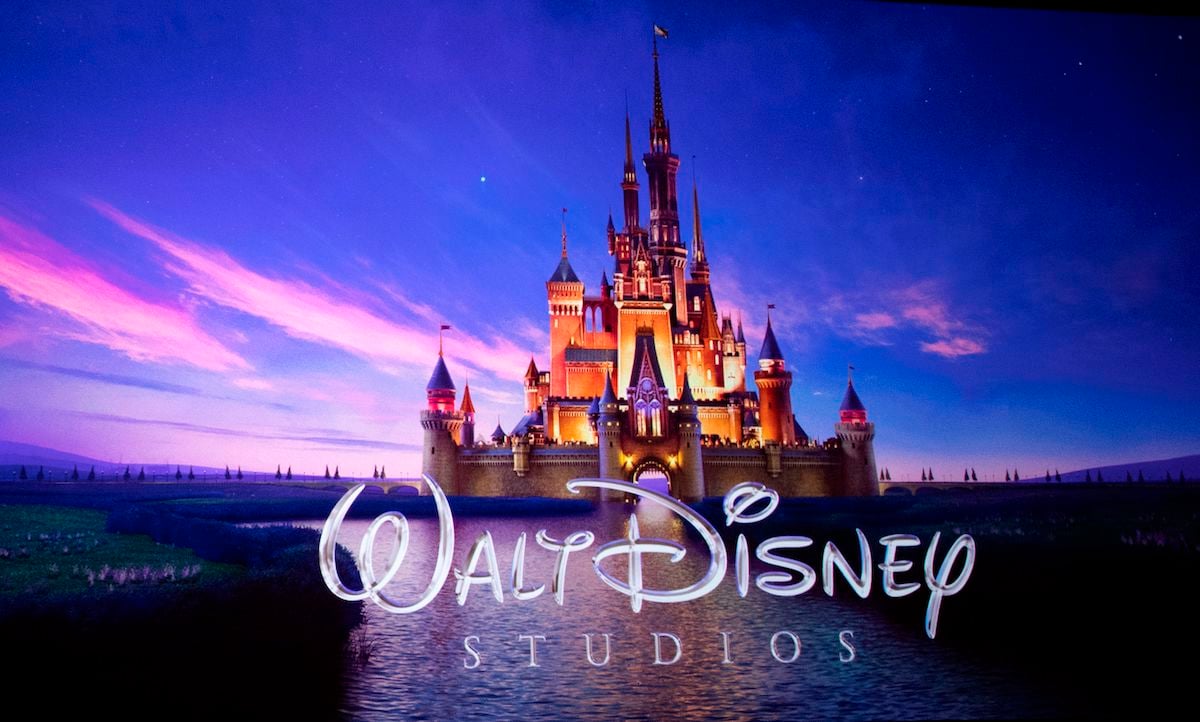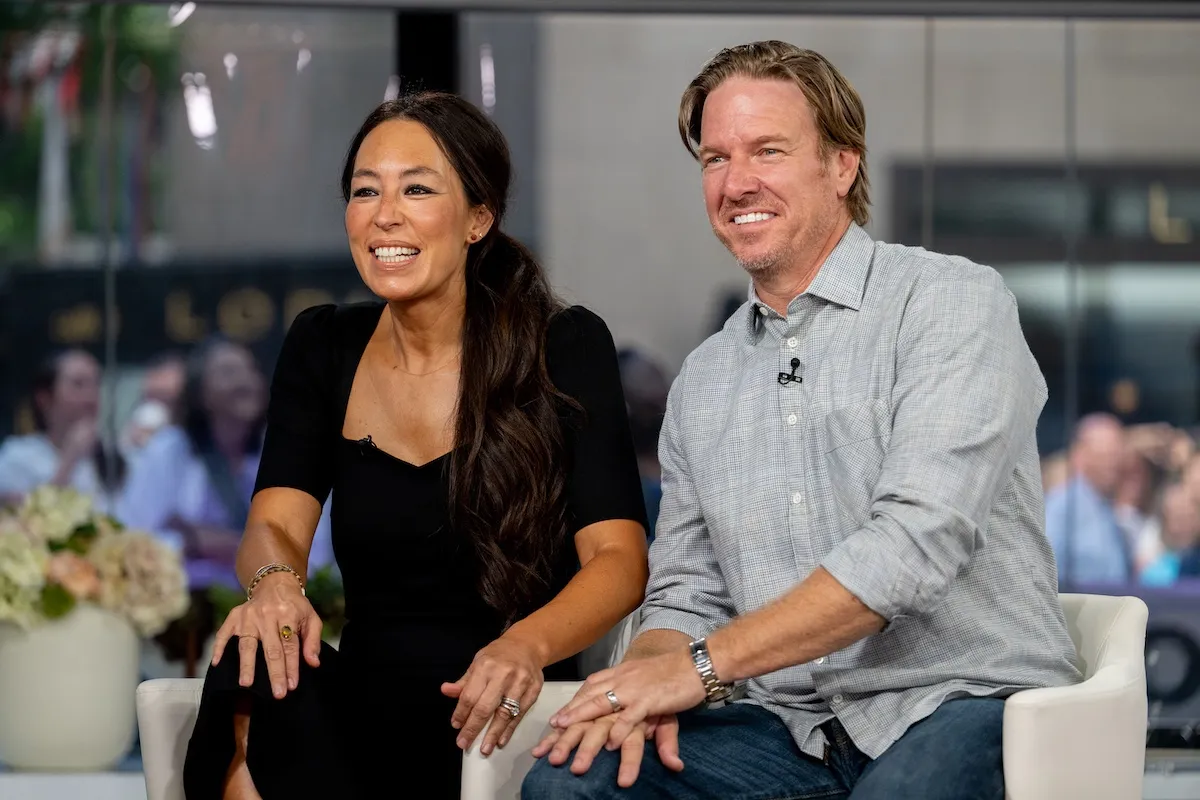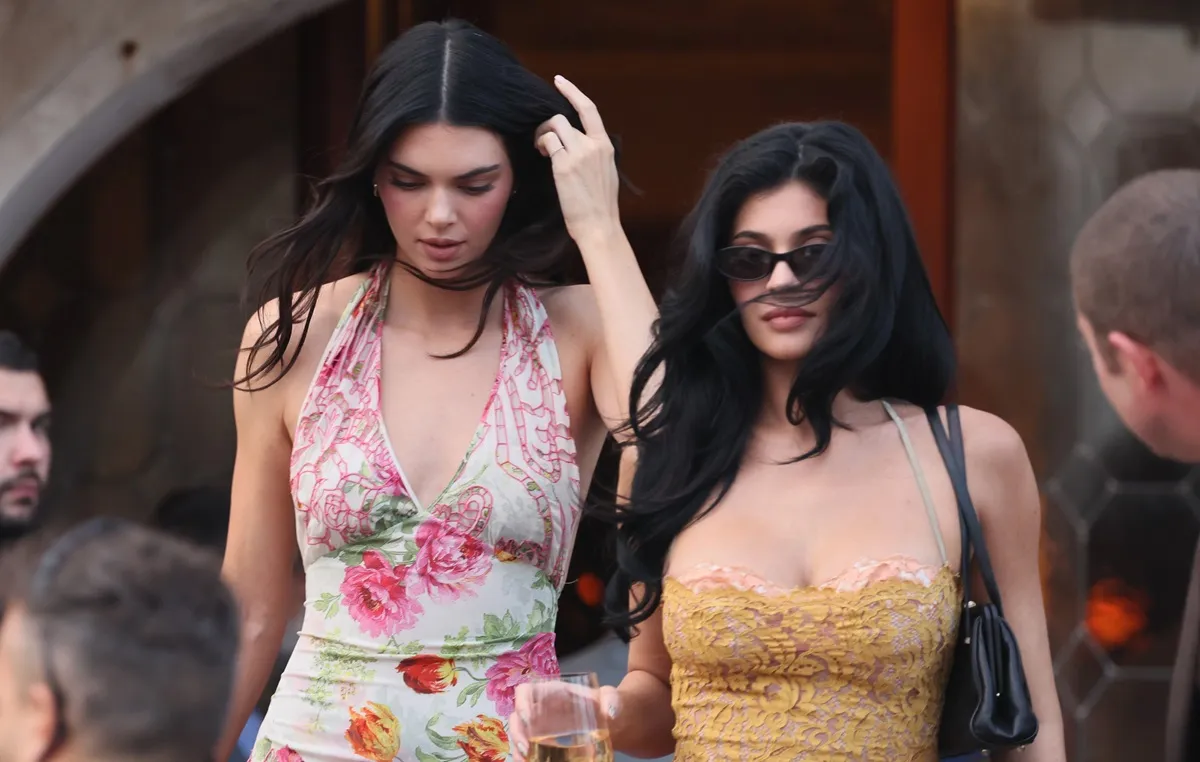‘Beauty and the Beast’ Easter Egg Might Be Disney Throwing Shade at Competing Theme Park
Disney and Easter eggs go together like Halloween and pumpkins. Animators for the entertainment giant love to include sly references and inside jokes in its movies, most often self-referential. But sometimes, those eggs throw shade at competitors.
Disney Imagineers made one subtle reference in the 1991 animated hit Beauty and the Beast. It was a nod to a competing theme park. And, no, it’s probably not the one that immediately springs to mind.
Disney’s Easter eggs go far back

Lists of Disney Easter eggs have flooded the internet. And the number of legit ones depends on how you define “Easter egg.” If an egg is any in-joke or other reference, it appeared as early as 1940’s Fantasia. A Disney Fandom page points out that the sorcerer in “The Sorcerer’s Apprentice” segment is named “Yensid” — “Disney” spelled backward. It has also been reported that the look the Sorcerer gives Mickey Mouse at the end of the short is based on Walt Disney’s own cocked eyebrow.
There were other references in Walt’s day too. According to Ranker, you can see Lady and the Tramp‘s the title characters in another Disney film. They appear in silhouette in the famous “twilight bark” scene in 101 Dalmatians. The Scottish terrier Jock from the earlier movie is in the same scene.
The list also says the part in The Jungle Book where wolves lick Mowgli’s face refers to a similar scene in The Sword in the Stone when Wart returns to the castle. However, this could also be Disney recycling its old animation, which it sometimes did in the 1960s and ’70s. All these were made even before “Easter egg” was widely understood to mean a hidden reference or joke.
What was Disney’s ‘Beauty and the Beast’ reference?
Easter eggs multiplied in the late ’80s and ’90s when the “Disney Renaissance” began. The studio had struggled for several years but began to bounce back with animated classics like The Little Mermaid, Beauty and the Beast, and Aladdin. Now that homes had VCRs, viewers could more easily find Easter eggs by pausing and rewinding.
Among the most intriguing Easter eggs appears in 1991’s Beauty and the Beast. In one scene, Belle’s father, Maurice, gets lost and comes upon a sign with directions. One arrow reads “Anaheim”; the other says “Valencia.”A TikTok user pointed out the way to Anaheim looks easy, while the way to Valencia looks scary. The user deduced that Anaheim meant Disneyland and Valencia meant the competing theme park Six Flags Magic Mountain. Shady if true.
But is it? The Ranker article also includes the Anaheim/Valencia sign, but Ranker says “Valencia” means something else. “The original Disneyland Resort is located in Anaheim, while Valencia is home to California Institute of the Arts, commonly known as CalArts. The school, founded by Walt and Roy Disney, has trained most of the directors and animators working at Disney/Pixar.”
What Easter eggs are in the media company’s new movies?
Easter eggs have become a cottage industry, with articles and websites devoted to them. So, of course, the tradition continues with Disney’s latest films. In fact, you could consider actor John Ratzenberger an Easter egg because he appears in every Pixar feature. He’s hard to spot in Soul, but his official site says he’s there as an annoyed New Yorker.
Then there’s the brand-new Disney movie Raya and the Last Dragon. It opened in theaters and on Disney+ Premiere Access last Friday. The movie is only a few days old, but people are already finding Easter eggs. But they might not be the kind you’d expect.
The Verge calls these “cultural Easter Eggs” of various Asian countries. And the filmmakers made a point of including different regions. For instance, “Raya’s name means ‘celebration’ in Malay. She gets around by riding atop her animal sidekick named ‘Tuk Tuk,’ who shares its name with Cambodia’s iconic motorbike-powered carriages (you’ll find similar sets of wheels across much of Southeast Asia).”


